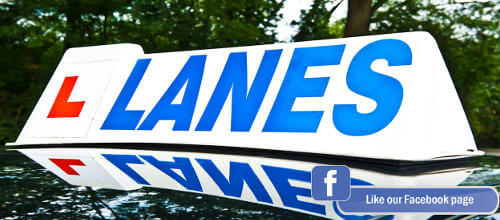
We probably all know how tempting it is to be wrangled into getting drinks when you have your car with you. You may think you’ll be able to limit yourself to one, but many people get carried away when they’re in good company! The urge to drive yourself home when you’re over the limit can be strong, but there are many reasons why you shouldn’t take the risk. Here’s everything you need to know about the drink drive limits in the UK…
Alcohol’s effect on the body
Alcohol is a depressant, meaning that even the smallest amount can impact your reaction times. A massive impact on your body from alcohol is the lapse in judgement it creates – people often have a false sense of confidence when they’ve had some drinks. This makes even a risk-averse individual a bit more daring. The influence of alcohol is less concentration, affected vision, slower stopping distances and less effective co-ordination.
Possible repercussions of drinkdriving
It’s easy to think that one time drinkdriving won’t hurt, or home is just a short drive away… However, even the smallest amount of alcohol can cause an accident. In just one year, approximately 85,000 people will be convicted of drink driving across England and Wales alone. Death by careless driving is far too common, with roughly 3551 people being seriously injured in drink driving accidents per year. These figures are consistently too high – don’t become a statistic and say no to glasses of wine if your car is with you!
What is the alcohol limit?
In England, Wales and Northern Ireland, the alcohol limit is higher than in the whole of Europe. Many European countries don’t allow residents to drink any alcohol before they get behind the wheel. The permitted BAC (blood-alcohol concentration) is 80 milligrams of alcohol to 100 millilitres of blood. If you are pulled over and you have a breath test, the limit is 35 micrograms of alcohol per 100 millilitres of blood. The penalty of drink driving can lead to six months’ imprisonment, an unlimited fine, and a driving ban for at least 12 months.
How many units can I drink if I’m driving?
It’s very difficult to give a concrete number of drinks you can have before you should make the decision to get the bus home. This is going to translate into different units of alcohol for everyone, and it depends on these factors: age, weight, gender, stress levels and the amount of food you’ve had that day. If you haven’t had anything to eat it’s likely that one drink is going to put you over the limit, where it wouldn’t usually. Due to it being very difficult to calculate a precise number of drinks you can have without driving dangerously, it’s safest to steer clear of the pub in general.
Err on the side of safety
If you’re weighing up having that next drink when your car is with you, err on the side of safety. This is not only for your benefit, but for the safety of the general public. Alcohol can take longer to leave your system than you think, so it’s also important to take the next day into consideration. If you’re driving early in the morning, maybe pass on that second drink.
If you’ve been wondering about the drink drive limits, this is your guide to ensure your safety. You might find yourself in need of some refresher courses, or you may be learning for the first time. If you’d like some more information, come to Lanes School of Driving and give us a call on 020 8166 5678 or email us at .

